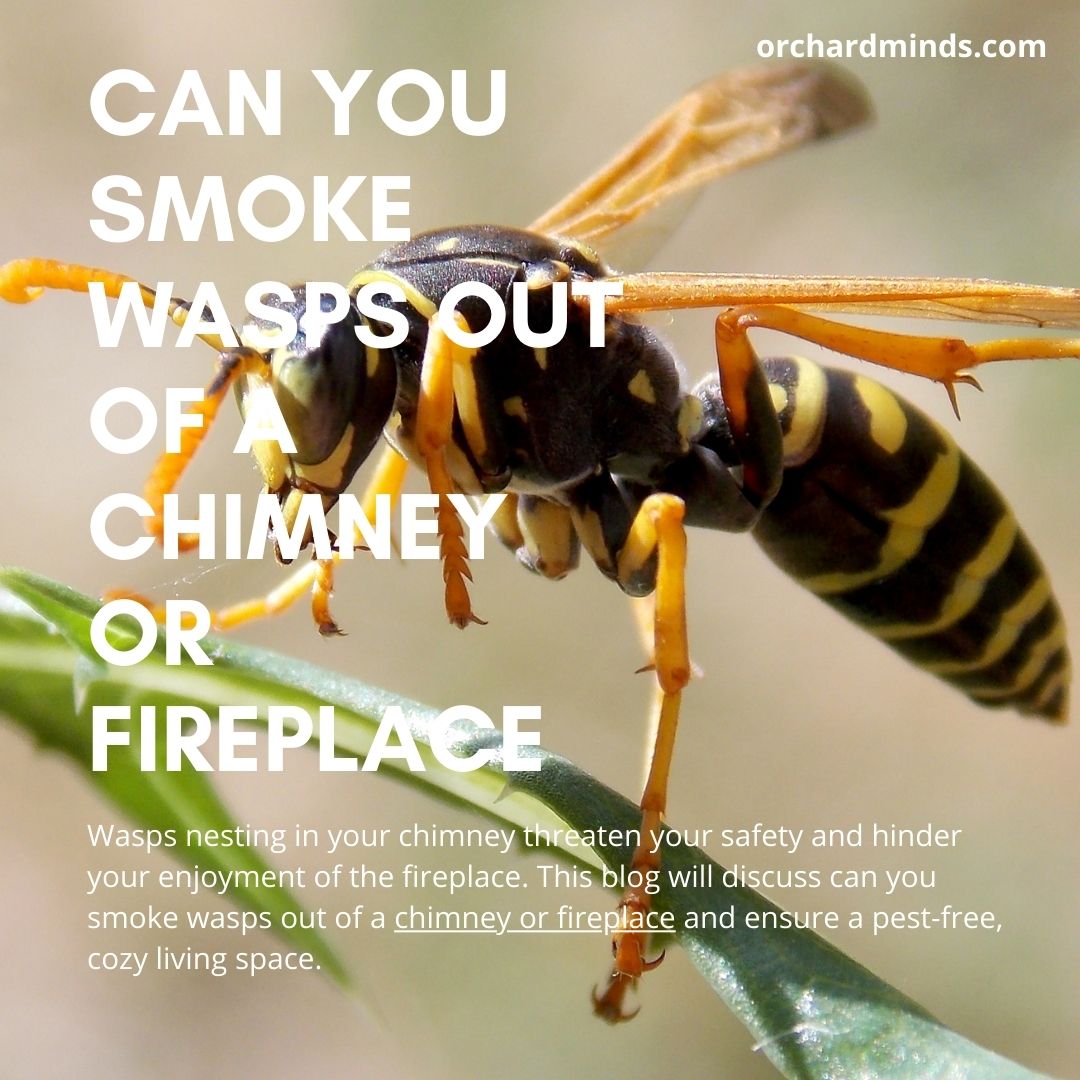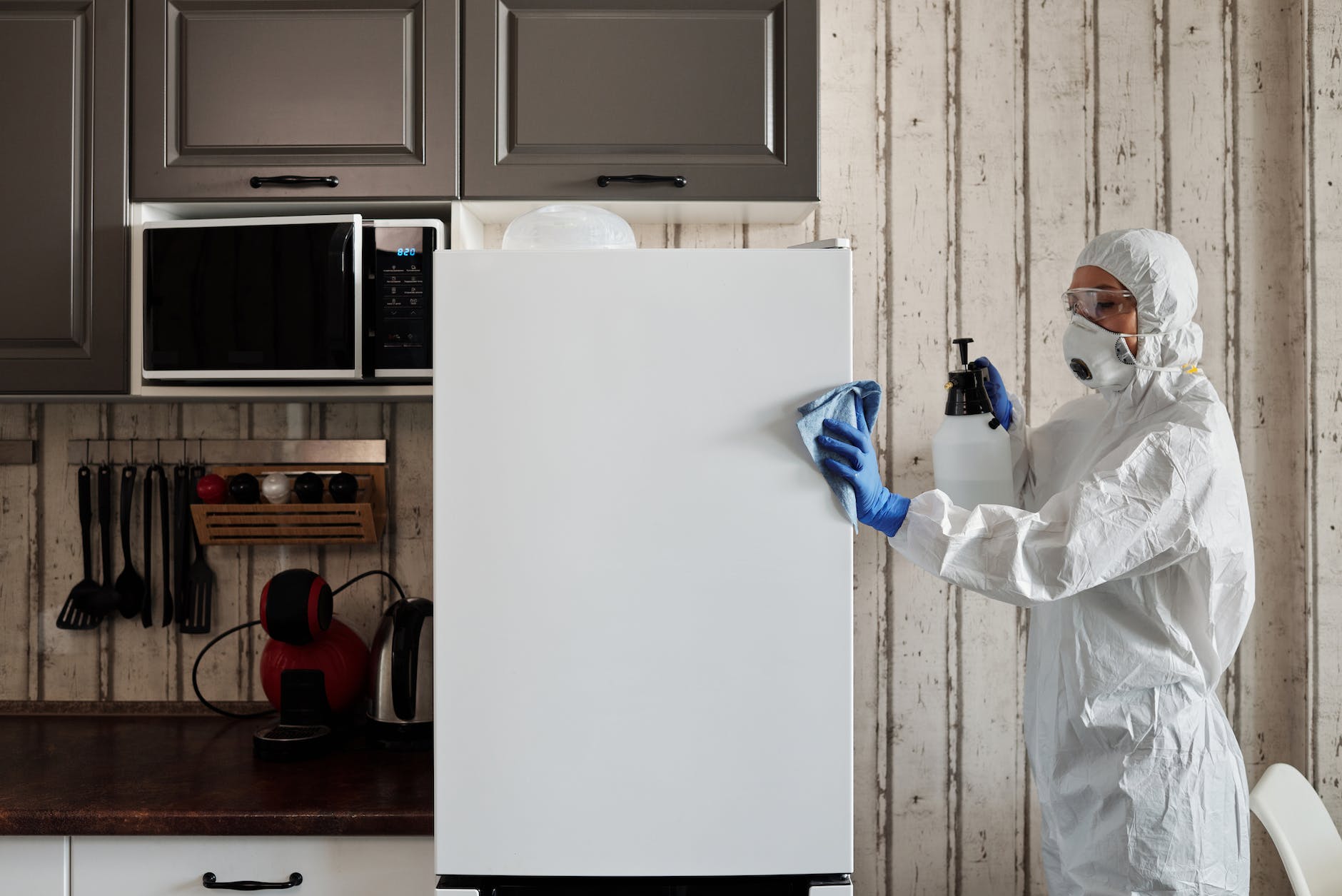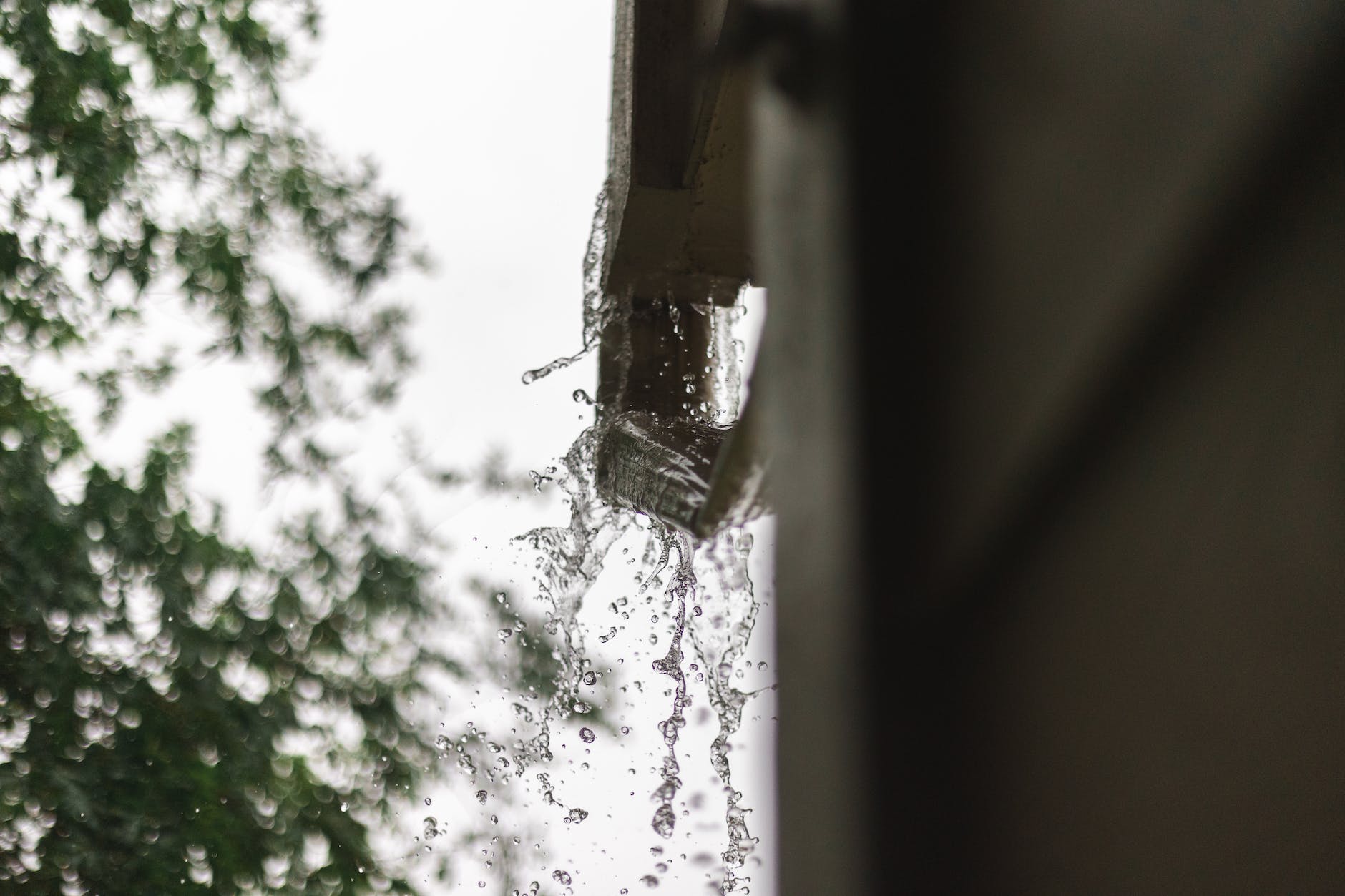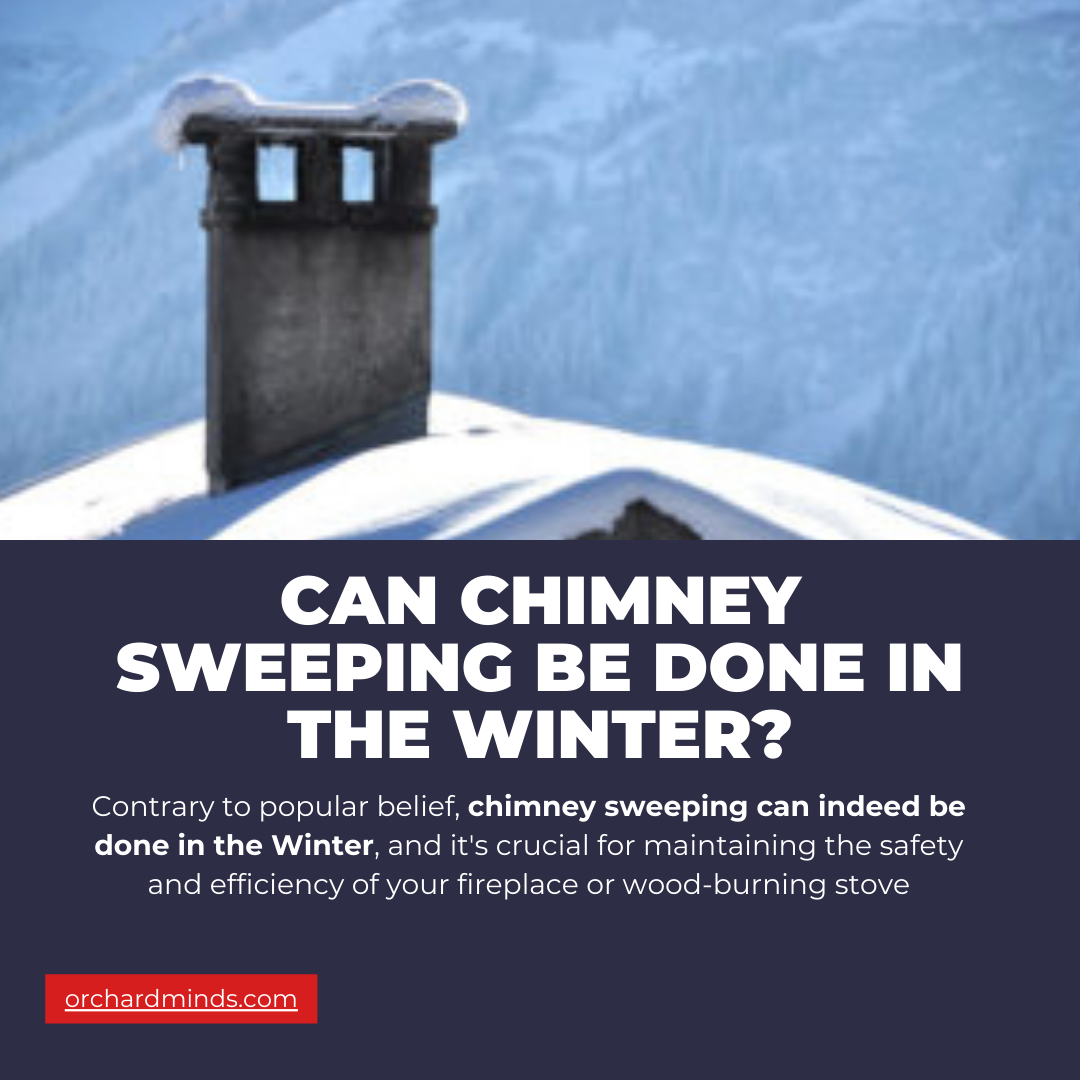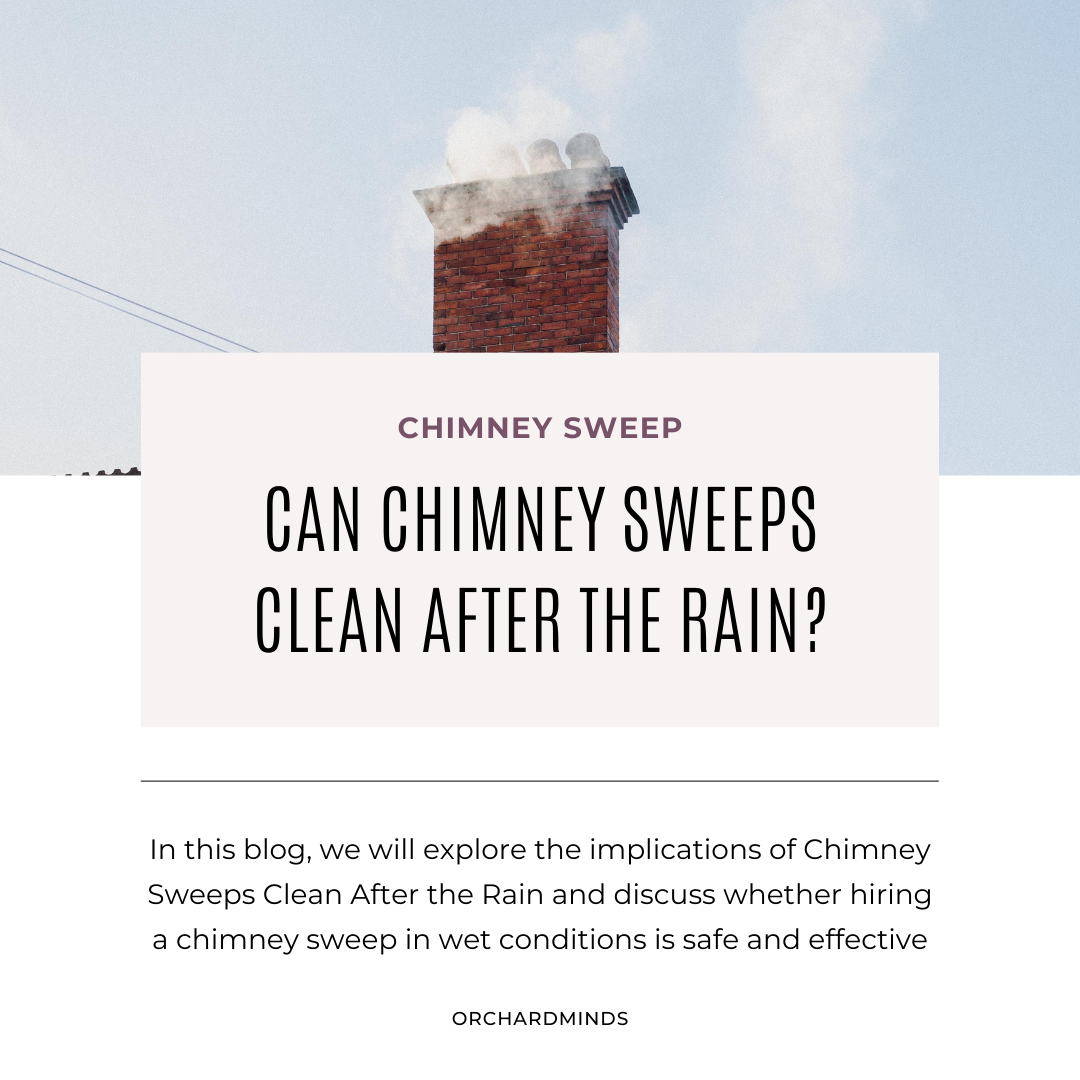Chimneys add a touch of charm and warmth to our homes, but when wasps decide to make these columns their nesting grounds, it can quickly turn into a stinging situation. How to Eradicate Wasps in Chimney Columns is a pressing concern for homeowners. Wasps nesting in your chimney threaten your safety and hinder your enjoyment of the fireplace. This blog will discuss can you smoke wasps out of a chimney or fireplace and ensure a pest-free, cozy living space.
Why Wasps Are Attracted to Your Chimney
Wasps, like many other insects, are often drawn to chimneys for several reasons, including:
Provide Shelter
Chimneys offer a sheltered and protected space, making them an attractive nesting site for wasps. The narrow and enclosed environment inside the chimney protects from harsh weather conditions and potential predators. Wasps seek out sheltered spaces to build their nests and rear their young.
Easy Access
Chimneys typically have open tops, making them accessible to flying insects like wasps. These openings are like welcome signs for wasps looking for a suitable location to establish a nest. The ease of entry encourages them to explore the chimney, and once they find it suitable, they may decide to build a nest there.
Food Source
While wasps are primarily attracted to chimneys for shelter, they may also be enticed by potential food sources. Insects, such as flies and moths, can be attracted to the light and warmth of the fireplace. If these insects are present in or around the chimney, they can become a food source for wasps. The presence of prey insects can further incentivize wasps to establish nests in the area.
Signs You Have a Wasp Nest in Your Chimney
Recognizing the presence of a wasp nest in your chimney is crucial for timely intervention and safe removal. Here are some signs to watch for:
Swarms
One of the most apparent signs of a wasp nest in your chimney is the presence of wasp swarms around the area. A sudden increase in wasp activity near the chimney, especially during the daytime, is a strong indicator of a nest nearby. Wasps are territorial and will aggressively defend their nest if they perceive a threat.
Buzzing
If you hear buzzing sounds from your chimney, particularly in the warmer months, it clearly indicates a nearby wasp nest. The buzzing is caused by the movement and activity of the wasps within the nest. Be cautious not to disturb them, as this can provoke an attack.
More Dust
An increase in dust and debris falling into your fireplace or visible inside your chimney can also signify a wasp nest. Wasps construct their nests using a combination of chewed wood fibers and saliva, which can accumulate fine, papery material within the chimney.
Preventing Wasp Nests in Your Chimney
Preventing wasp nests in your chimney is a proactive step to maintain a safe and comfortable home environment. One effective measure is the installation of top-sealing dampers, which act as a barrier to keep wasps , bats , birds , squirrel , hornet and other pests from entering your chimney.
Additionally, consider placing a decoy wasp nest near your chimney to deter real wasps, as they are territorial creatures. Trimming tree branches near your home and clearing leaves and debris from the chimney area can make your property less appealing to these stinging insects. Implementing these preventive measures can reduce the risk of wasp infestations and enjoy a pest-free chimney and fireplace experience.
Install Top-Sealing Dampers
Top-sealing dampers are essential components in keeping wasps out of your chimney. These dampers are designed to seal off the chimney’s flue opening when not in use. Installing one creates a physical barrier that prevents wasps and other pests from entering your chimney. When you’re ready to use your fireplace, open the damper, and when it’s not in use, keep it tightly closed to deter unwanted visitors.
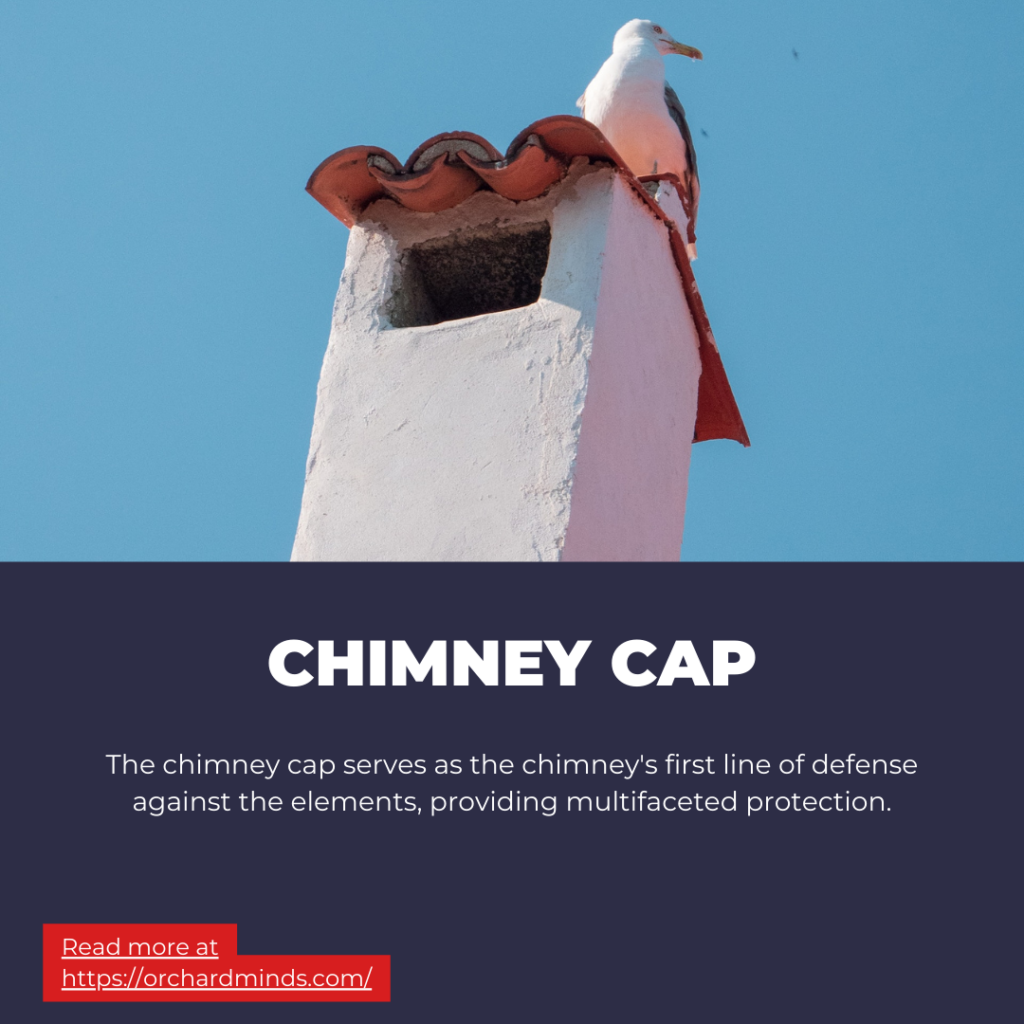
Look for a Decoy
Wasps are territorial creatures and tend to avoid areas where they believe another nest already exists. Consider placing a decoy wasp nest near your chimney. These decoys mimic the appearance of an actual wasp nest, which may discourage real wasps from building a nest nearby. This simple and natural deterrent can be an effective way to keep wasps at bay.
Keep Trees Near the House Trimmed
Overhanging branches from nearby trees can serve as convenient highways for wasps to access your chimney. Regularly trim and prune trees near your house, particularly branches extending toward the chimney. Creating a clear perimeter reduces the likelihood of wasps using branches as a bridge to your chimney.
Clear Away Leaves or Debris Near the Chimney
Wasps are attracted to cluttered areas where they can find shelter and nesting materials. Keep the area around your chimney clean by regularly clearing leaves, twigs, and debris. A tidy space is less inviting to wasps and minimizes the chance of them establishing nests.
Schedule an Annual Chimney Inspection
Regular chimney inspections are essential not only for fire safety but also for pest prevention. Schedule an annual chimney inspection with a certified professional. They can identify potential vulnerabilities or signs of pest activity and address them before they become more significant problems. Early detection and intervention are vital to keeping your chimney wasp-free.
FAQ about Can you smoke wasps out of a chimney or fireplace?
Should I try to remove a wasp nest in my chimney?
Removing a wasp nest in your chimney can be extremely dangerous and is generally not recommended as a DIY project. Wasps are known for their aggressive behavior when their nest is disturbed and can deliver painful stings. Additionally, wasps can release alarm pheromones that signal other wasps to attack when they feel threatened, potentially leading to a swarm. It’s advisable to seek professional help from a pest control expert or a chimney sweep experienced in wasp nest removal. They have the necessary safety equipment and expertise to handle the situation safely.
Are wasps in chimney columns dangerous?
Yes, wasps in chimney columns can be dangerous. When disturbed, wasps can become aggressive and sting in defense of their nest. Some individuals may have severe allergic reactions to wasp stings, which can be life-threatening. Additionally, having wasps in your chimney can create a fire hazard, as they may build nests near or on the flue, which can obstruct proper ventilation and pose a risk when using the fireplace.
Can I smoke out wasps in chimney columns?
Attempting to smoke out wasps in chimney columns is generally not recommended. While it might seem like a logical approach, it can be ineffective and even hazardous. Wasps can quickly become agitated when exposed to smoke, and they may respond by stinging or attempting to escape into your living space. Moreover, smoke may not effectively penetrate the entire nest, leaving some wasps unaffected. It’s safer and more reliable to rely on professional pest control services to address wasp infestations in your chimney safely and effectively.
